Home>diy>Planning & Engineering>What Does R40 Zoning Mean
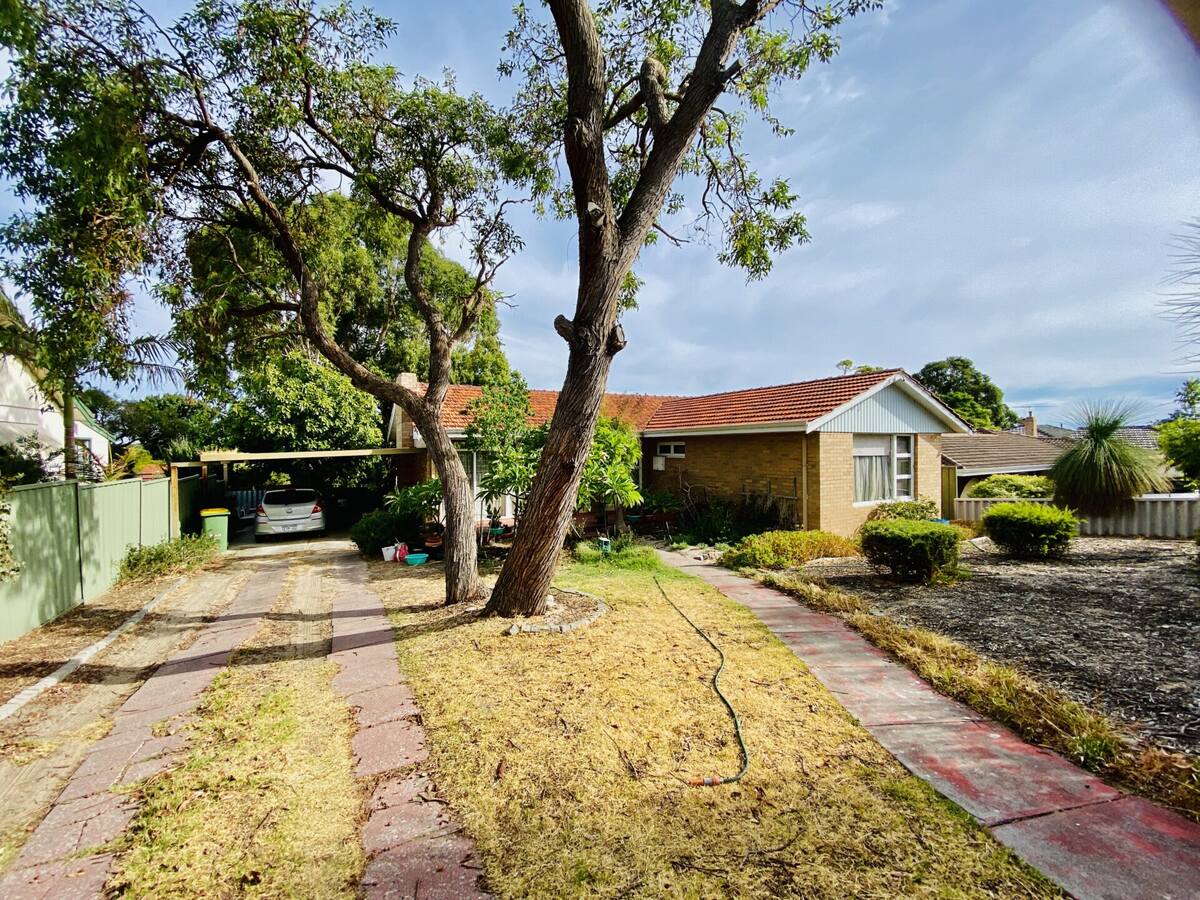

Planning & Engineering
What Does R40 Zoning Mean
Modified: January 9, 2024
Learn what R40 zoning means and how it affects planning and engineering decisions. Discover the implications of this zoning designation for property use and development.
(Many of the links in this article redirect to a specific reviewed product. Your purchase of these products through affiliate links helps to generate commission for Storables.com, at no extra cost. Learn more)
Introduction
Welcome to our comprehensive guide on R40 zoning! If you’ve ever come across the term R40 zoning and wondered what it means, you’re in the right place. In this article, we will take a closer look at what R40 zoning is, its purpose, benefits, restrictions, and its impact on property values. Whether you’re a real estate enthusiast, a property owner, or just curious about zoning regulations, this article will provide you with all the essential information you need.
Zoning regulations are an integral part of urban planning and development. They play a critical role in determining how land can be used, what types of structures can be built, and the overall density of a particular area. R40 zoning, specifically, refers to a specific type of residential zoning classification.
Residential zoning classifications serve to separate land into different categories based on specific criteria such as lot size, building height, setback requirements, and permitted land uses. These classifications help to ensure that different areas within a city are used appropriately and harmoniously, to maintain the quality of life for residents and accommodate growth in a sustainable manner.
The R40 zoning designation primarily focuses on high-density residential development. This means that in areas zoned as R40, the primary use of the land is for residential purposes, and the regulations allow for the construction of multiple dwelling units such as duplexes, triplexes, townhouses, or apartment complexes.
One of the key factors in R40 zoning is the minimum lot size requirement. This requirement specifies the minimum size a lot must be in order to be eligible for development within the R40 zoning classification. The specific lot size required may vary depending on local regulations and the specific jurisdiction, but generally, larger lot sizes are required for single-family homes, while smaller lot sizes are permitted for multi-family development.
Now that we have a general understanding of what R40 zoning is, let’s dive deeper into its purpose and the benefits it offers. Understanding the purpose and advantages of R40 zoning can provide valuable insights into why it is implemented and its impact on the surrounding community.
Key Takeaways:
- R40 zoning promotes high-density residential development, offering increased housing options, improved affordability, and access to amenities. Compliance with regulations is crucial for successful development within this classification.
- While R40 zoning can increase property values and address housing demand, it also presents challenges such as neighborhood resistance, infrastructure strain, and affordability concerns. Careful planning and community engagement are essential for harmonious implementation.
Read more: What Does Zoning R Mean
Definition of R40 Zoning
R40 zoning is a specific residential zoning classification that allows for high-density residential development. The “R” in R40 stands for residential, and the “40” indicates the minimum lot size required for development within this zoning classification.
In R40 zoning, the primary purpose is to accommodate multi-family residential units such as duplexes, triplexes, townhouses, or apartment complexes. This zoning classification is typically found in urban or suburban areas where there is a demand for higher-density housing options.
The specific criteria and regulations for R40 zoning can vary depending on the local jurisdiction and zoning ordinances. However, some common characteristics associated with R40 zoning include:
- Minimum lot size requirement: R40 zoning typically requires a minimum lot size per unit. This helps to ensure that the density of development remains appropriate for the area.
- Setback requirements: Setback requirements specify the minimum distance between the building structure and the property boundaries or neighboring structures, ensuring adequate space between buildings.
- Building height restrictions: R40 zoning often has limitations on the maximum height of buildings, preventing excessive vertical development.
- Parking requirements: R40 zoning usually has specific parking requirements to ensure that there is sufficient parking space for residents.
- Permitted land uses: R40 zoning designations may have restrictions on the types of land uses allowed within the residential development. This may include limitations on commercial or industrial activities.
It’s important to note that while R40 zoning primarily focuses on high-density residential development, it doesn’t mean that every property within the designated area needs to be developed to its maximum density. Property owners have the flexibility to determine the appropriate use and density within the zoning regulations.
Understanding the definition of R40 zoning sets the foundation for comprehending its purpose and the benefits it offers. In the next section, we will explore the reasons behind implementing R40 zoning and how it serves the community.
Purpose of R40 Zoning
The purpose of R40 zoning is twofold: to promote high-density residential development and accommodate the growing demand for housing options, while also ensuring the preservation of the community’s character and quality of life. This zoning classification aims to strike a balance between meeting the need for housing and maintaining a sustainable and harmonious urban environment.
1. Meeting Housing Demand: One of the primary purposes of R40 zoning is to address the increasing demand for housing in urban and suburban areas. As populations grow and urban areas become more densely populated, the need for higher-density housing options becomes crucial. R40 zoning allows for the construction of multi-family dwellings, providing more housing units within a limited land area, thus meeting the demand for housing and increasing population density in a sustainable manner.
2. Efficient Land Use: R40 zoning encourages the efficient use of land by promoting high-density residential development. By allowing multiple units within a single lot, R40 zoning maximizes land use and minimizes the need for urban sprawl. This helps to preserve open spaces, reduce infrastructure costs, and promote a sense of community by fostering closer proximity between neighbors.
3. Neighborhood Diversity: R40 zoning promotes neighborhood diversity by allowing for the development of a mix of housing types, including duplexes, triplexes, townhouses, and apartment complexes. This variety attracts a diverse range of residents with different housing needs, lifestyles, and budgets, fostering a vibrant and inclusive community.
4. Access to Amenities: Higher-density residential developments facilitated by R40 zoning are often situated in well-established neighborhoods or areas with existing infrastructure and amenities. This provides residents with convenient access to recreational facilities, schools, healthcare facilities, shopping centers, and public transportation. The proximity to such amenities enhances the quality of life for residents and promotes a walkable and sustainable community.
5. Sustainable Growth: R40 zoning contributes to sustainable growth by concentrating development in areas with existing infrastructure, utilities, and transportation options. By avoiding the need to rapidly expand into undeveloped areas, R40 zoning helps conserve natural resources, protects environmentally sensitive land, and minimizes the carbon footprint associated with urban sprawl.
Overall, the purpose of R40 zoning is to address the demand for housing, maximize land use efficiency, foster neighborhood diversity, provide access to amenities, and promote sustainable growth. By doing so, R40 zoning aims to create vibrant, livable communities that can accommodate a growing population while preserving the character and quality of life that residents enjoy.
Benefits of R40 Zoning
R40 zoning offers several benefits to both communities and property owners. Let’s explore some of the key advantages of this zoning classification:
- Increased Housing Options: R40 zoning allows for the development of multi-family residential units, such as duplexes, triplexes, townhouses, and apartment complexes. This provides a greater variety of housing options, accommodating residents with different needs and preferences. It also helps to address the demand for housing in areas with limited available land.
- Higher Population Density: By allowing for high-density development, R40 zoning promotes increased population density within a specified area. This can have various benefits, such as fostering a sense of community, supporting local businesses, and improving the efficiency of public transportation systems.
- Maximized Land Use: R40 zoning encourages the efficient use of land by allowing for the construction of multiple units on a single lot. This maximizes land utilization and helps to accommodate a larger number of residents within a smaller area. It also helps to prevent urban sprawl, preserving open spaces and protecting valuable natural resources.
- Improved Affordability: The availability of R40 zoning can contribute to increased housing affordability. Multi-family units created under R40 zoning tend to be more affordable compared to single-family homes. This provides individuals and families with a wider range of housing options at various price points, increasing affordability and promoting socio-economic diversity within a community.
- Access to Amenities: R40 zoning is often implemented in areas with existing infrastructure and amenities. This means that residents of R40-zoned neighborhoods have convenient access to schools, parks, shopping centers, healthcare facilities, and public transportation options. Proximity to these amenities enhances the quality of life for residents and contributes to the overall desirability of the community.
- Sense of Community: The higher population density facilitated by R40 zoning can foster a stronger sense of community. With more residents living in close proximity, there are increased opportunities for social interactions and community engagement. This can lead to the development of stronger neighborhood bonds, the creation of local initiatives, and a greater sense of belonging for residents.
- Sustainable Development: R40 zoning encourages sustainable development practices. By focusing on higher-density housing, R40 zoning helps to minimize urban sprawl, reduce transportation needs, and promote energy efficiency. Concentrating development within the existing urban fabric helps to preserve open spaces, protect natural resources, and minimize the environmental impact associated with suburban expansion.
Overall, R40 zoning provides numerous benefits for both communities and property owners. It promotes increased housing options, higher population density, maximized land use, improved affordability, access to amenities, a stronger sense of community, and sustainable development practices. These advantages contribute to creating vibrant, inclusive, and sustainable neighborhoods that can adapt to the needs of growing communities.
Restrictions and Requirements
R40 zoning, like any other zoning classification, has specific restrictions and requirements that property owners and developers must adhere to. These regulations are in place to ensure that the development meets certain standards and preserves the character and quality of the surrounding area. Let’s delve into some of the common restrictions and requirements associated with R40 zoning:
- Minimum Lot Size: R40 zoning typically includes a minimum lot size requirement, which specifies the minimum size a lot must be to be eligible for development within this zoning classification. The specific lot size required often depends on local regulations and the specific jurisdiction but generally varies based on the number of units permitted on the lot.
- Setback Requirements: Setback requirements dictate the minimum distance between structures and the property boundaries or neighboring buildings. These requirements ensure that there is adequate space between buildings, allowing for privacy, light, and airflow. Setback regulations may vary depending on the specific jurisdiction and the building’s height or location within the R40 zoned area.
- Building Height Restrictions: R40 zoning often imposes limitations on the maximum height of buildings within the designated area. These restrictions help preserve the character of the neighborhood and prevent excessive vertical development. Building height limitations may vary based on local regulations, and compliance is crucial to ensure regulatory compliance.
- Parking Requirements: R40 zoning typically requires that developers provide adequate parking spaces for the residents of the multi-family units. The number of required parking spaces may vary depending on the number of units and the specific regulations of the jurisdiction. Parking requirements are in place to ensure that the development adequately accommodates the parking needs of its residents and minimizes street congestion.
- Architectural Design Guidelines: In some cases, R40 zoning may have specific design guidelines or architectural requirements to maintain consistency and ensure that the new development is visually compatible with the existing neighborhood. These guidelines may address building materials, aesthetics, landscaping, or other design aspects to ensure that the development harmonizes with the surrounding area.
- Permitted Land Uses: R40 zoning designations often have restrictions on the types of land uses allowed within the residential development. Commonly, the zoning rules only permit residential uses within the R40 zone, excluding commercial or industrial activities. It’s important to understand and comply with these permitted land uses to avoid legal issues or conflicts with local zoning ordinances.
- Additional Approval Processes: Depending on the jurisdiction, developers may need to go through additional approval processes, such as obtaining permits, undergoing environmental impact assessments, or seeking approval from local planning authorities. These processes aim to ensure compliance with zoning regulations, environmental protection measures, and community engagement.
It’s important for property owners, developers, and construction professionals to familiarize themselves with the specific restrictions and requirements of R40 zoning in their jurisdiction. Understanding and complying with these regulations is crucial to ensure a smooth and successful development process that meets all legal and zoning requirements while contributing to the community’s overall benefit.
R40 zoning typically refers to a residential zoning designation that allows for single-family homes on lots of at least 40,000 square feet. This means that the area is intended for low-density housing with larger lot sizes.
Read more: What Does R4 Zoning Mean
Variations of R40 Zoning
While R40 zoning generally refers to a high-density residential zoning classification, it’s important to note that there can be variations in specific regulations and requirements depending on the jurisdiction. These variations allow for flexibility in accommodating the unique characteristics and needs of different communities. Here are some common variations of R40 zoning:
- R40A: Some areas may have a variation of R40 zoning known as R40A, which allows for even higher density residential development. R40A zoning may have more lenient regulations regarding lot size, building height, or setback requirements, allowing for a greater number of units on a given lot.
- R40B: R40B zoning is another variation that may exist in certain jurisdictions. This designation may have specific requirements or incentives for affordable housing units within the high-density residential development. R40B zoning promotes socioeconomic diversity by ensuring that a certain percentage of units are affordable to low-income or moderate-income households.
- Cluster Housing: In some cases, R40 zoning may include provisions for cluster housing. Cluster housing allows for a higher density of units on a smaller portion of the lot, preserving larger open spaces or natural areas. This approach promotes land conservation while still accommodating a significant number of residential units.
- Transitional Zoning: Transitional zoning can be a variation of R40 zoning that focuses on the gradual transition from higher density areas to lower density residential or other land use zones. Transitional zoning may include specific regulations or design guidelines to ensure a smooth and harmonious transition between different types of land use.
- Mixed-Use Zoning: In some cases, R40 zoning may be combined with mixed-use zoning, allowing for a combination of residential and commercial uses within the designated area. Mixed-use zoning promotes vibrant and walkable communities by providing amenities, retail spaces, and employment opportunities alongside residential units.
- Eco-Friendly or Sustainable Zoning: Some jurisdictions may incorporate sustainable or eco-friendly requirements and incentives as part of R40 zoning. This can include the use of renewable energy sources, green building practices, rainwater harvesting systems, or other environmentally friendly measures. The purpose of incorporating such provisions is to promote sustainable development and reduce the environmental impact of the high-density residential development.
It’s important to note that these variations are not exhaustive, and the specific variations of R40 zoning may vary from one jurisdiction to another. Property owners, developers, and planners should consult the local zoning ordinances and regulations to understand the specific requirements and variations applicable to their area.
Understanding the variations of R40 zoning is essential to ensure compliance with local regulations and take advantage of any unique provisions or incentives that may exist. It allows for flexibility in meeting the specific needs and characteristics of different communities while still achieving the overall goal of high-density residential development.
Impact on Property Values
R40 zoning can have a significant impact on property values in a given area. The effects can vary depending on factors such as location, demand for housing, and the overall desirability of the community. Understanding the potential impact of R40 zoning on property values is essential for property owners, buyers, and investors. Let’s explore the potential effects:
- Increase in Density: R40 zoning typically allows for higher-density residential development, which means more units can be constructed on a given piece of land. This increase in density can lead to a higher demand for housing, potentially driving property values up.
- Increased Supply of Housing: R40 zoning promotes the construction of multi-family residential units, providing more housing options in the community. The increased supply of housing can help address the demand, especially in areas where housing may be limited. A greater supply of housing options can contribute to more stable property values as it allows for a wider range of choices for potential buyers or renters.
- Improved Neighborhood Amenities: R40 zoning often attracts more development and investment in a given area. The construction of multi-family dwellings can bring additional amenities and services to the neighborhood, such as retail centers, parks, or recreational facilities. The presence of these amenities can enhance the overall desirability of the neighborhood, leading to an increase in property values.
- Neighborhood Character: The introduction of R40 zoning may change the character of a neighborhood to a more high-density residential environment. This change can impact property values differently depending on individual preferences. Some buyers may prefer the availability of multi-family housing options, while others may prefer a more traditional single-family home neighborhood.
- Socioeconomic Factors: R40 zoning, particularly when combined with affordable housing requirements, can provide a more diverse range of housing options within a community. This can contribute to socioeconomic diversity, which can have both positive and negative impacts on property values. It may attract a wider range of buyers or renters, potentially increasing demand and property values. On the other hand, it may also introduce additional challenges and perception factors that could affect property values.
- Location and Demand: The impact of R40 zoning on property values greatly depends on the location and demand for housing in the area. In highly desirable neighborhoods or areas with limited available land, the introduction of R40 zoning may drive property values higher due to increased demand for housing options.
It’s important to note that while R40 zoning can have a positive impact on property values, it can also have potential drawbacks and challenges. Some property owners may be concerned about potential impacts on privacy, parking congestion, or changes in the neighborhood’s character. Additionally, property values are influenced by various other factors such as the overall housing market conditions, economic factors, and external influences.
Ultimately, the impact of R40 zoning on property values is situational and can vary from one neighborhood or location to another. It’s advised to consult with local real estate professionals or economists who have a deep understanding of the local market to gain a more accurate assessment of the potential impact on property values.
Challenges and Controversies
While R40 zoning aims to promote high-density residential development and address the demand for housing, it is not without its challenges and controversies. Different stakeholders may have varying perspectives and concerns regarding the implementation and impact of R40 zoning. Let’s explore some of the common challenges and controversies associated with this zoning classification:
- Neighborhood Resistance: Introducing R40 zoning into established neighborhoods can face resistance from existing homeowners who may be concerned about potential impacts on privacy, parking availability, traffic congestion, or changes to the neighborhood’s character. These concerns can lead to opposition and legal challenges, particularly if residents feel that the zoning change may negatively impact their quality of life or property values.
- Infrastructure Strain: High-density residential developments facilitated by R40 zoning can put strain on existing infrastructure, such as roads, utilities, and public services, especially in areas not adequately prepared or equipped to handle increased population density. This can lead to increased congestion, overwhelmed services, and additional costs to upgrade infrastructure, which may become a point of contention among residents and local government officials.
- Loss of Open Space: Developing higher-density residential units in areas designated as R40 zoning may lead to the loss of open spaces and green areas. This can be a concern for those who value access to nature and open spaces, as it may result in a perceived decrease in the overall quality of life and community well-being.
- Affordability Concerns: While R40 zoning can help address housing demand, there may be concerns regarding the affordability of the created units. Higher-density development does not always translate into affordable housing options, and some stakeholders may feel that R40 zoning is not adequately addressing the affordable housing needs within a community.
- Overdevelopment: Some stakeholders may express concerns about the potential for overdevelopment in areas designated as R40 zoning. This includes worries about increased traffic, inadequate parking, reduced privacy, and the overall impact on the neighborhood’s character and livability.
- Legal and Administrative Challenges: The implementation of R40 zoning can sometimes be met with legal and administrative challenges. These include objections or legal disputes from property owners who may feel that the zoning regulations are unfair or may hinder their property rights. Additionally, the administrative process of rezoning and obtaining the necessary permits and approvals can be time-consuming and complex.
It’s important for local governments and planning departments to address these challenges and controversies through careful community engagement and proactive planning. By engaging stakeholders, addressing concerns, and finding solutions to mitigate any negative impacts, conflicts surrounding R40 zoning can be minimized, allowing for a more harmonious implementation.
It’s crucial for policymakers, planners, and community members to have open and constructive conversations about the potential challenges and controversies associated with R40 zoning. By carefully considering and addressing concerns, it’s possible to strike a balance between the need for high-density residential development and the preservation of neighborhood character, quality of life, and community well-being.
Conclusion
In conclusion, R40 zoning is a residential zoning classification that allows for high-density residential development. It serves to meet the demand for housing in urban and suburban areas while promoting sustainable growth and preserving the character of the community.
We explored the definition of R40 zoning and its purpose, which is to accommodate multi-family residential units and provide a variety of housing options. R40 zoning offers several benefits, including increased housing options, higher population density, maximized land use, improved affordability, access to amenities, and a stronger sense of community.
However, R40 zoning also comes with restrictions and requirements that property owners and developers must adhere to. These include minimum lot size requirements, setback regulations, building height restrictions, parking requirements, and permitted land uses. Compliance with these regulations is crucial to ensure the success of a development within the R40 zoning classification.
We also discussed the variations of R40 zoning, including R40A, R40B, cluster housing, transitional zoning, mixed-use zoning, and eco-friendly or sustainable zoning. These variations allow for flexibility in meeting the unique needs and characteristics of different communities while still achieving the goals of high-density residential development.
Additionally, we examined the potential impact of R40 zoning on property values, which can include increases due to increased demand and supply of housing, improved neighborhood amenities, and location desirability. However, challenges and controversies such as neighborhood resistance, infrastructure strain, loss of open space, affordability concerns, overdevelopment, and legal and administrative challenges can also arise and should be addressed through careful planning and community engagement.
Overall, R40 zoning plays a significant role in urban planning and development, addressing the demand for housing and promoting sustainable growth. By understanding the regulations, benefits, challenges, and controversies associated with R40 zoning, stakeholders can make informed decisions, contribute to the development of vibrant communities, and ensure the balance between housing needs and the preservation of neighborhood character and quality of life.
Frequently Asked Questions about What Does R40 Zoning Mean
Was this page helpful?
At Storables.com, we guarantee accurate and reliable information. Our content, validated by Expert Board Contributors, is crafted following stringent Editorial Policies. We're committed to providing you with well-researched, expert-backed insights for all your informational needs.
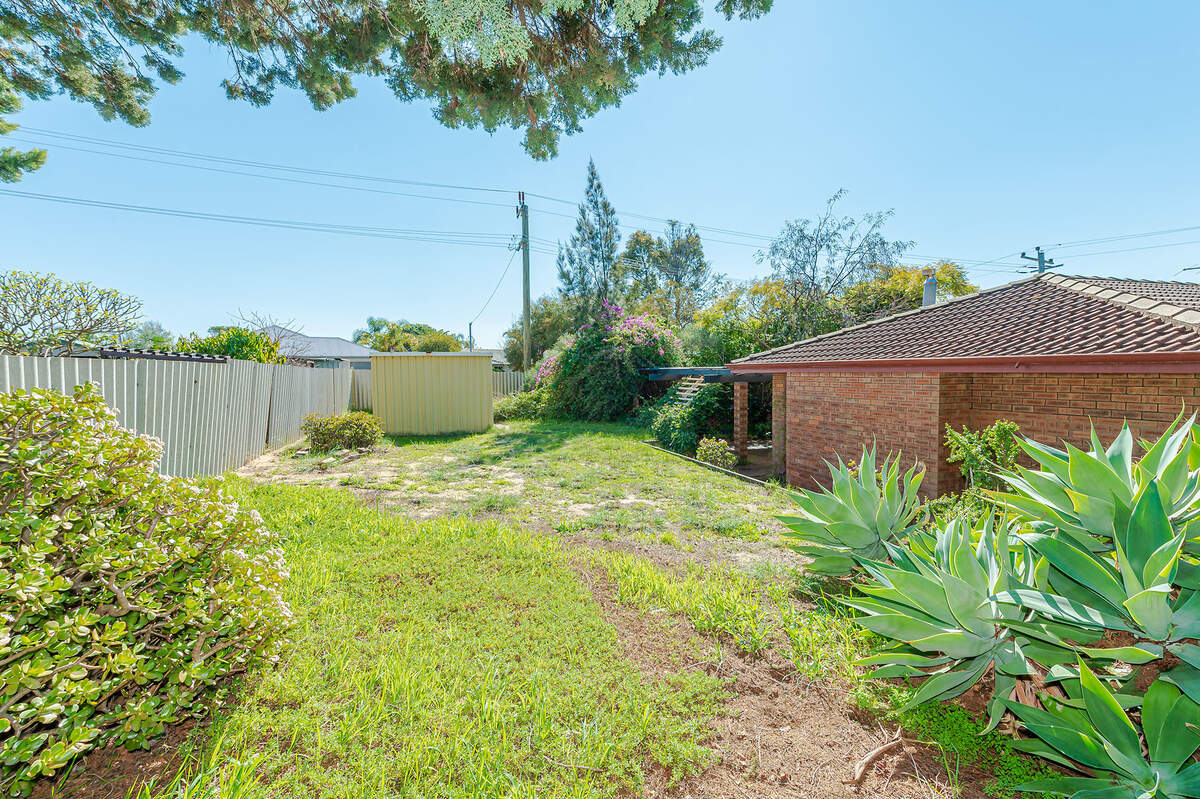
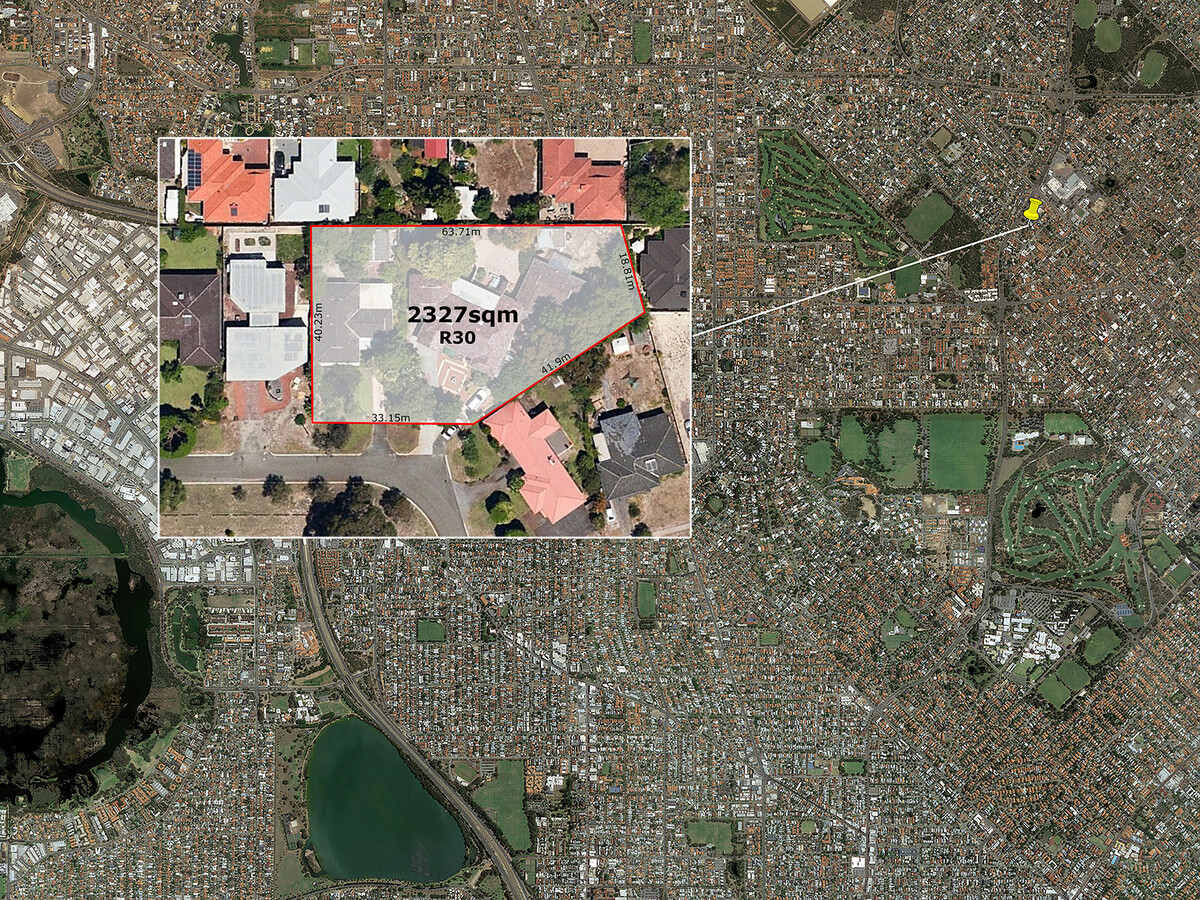
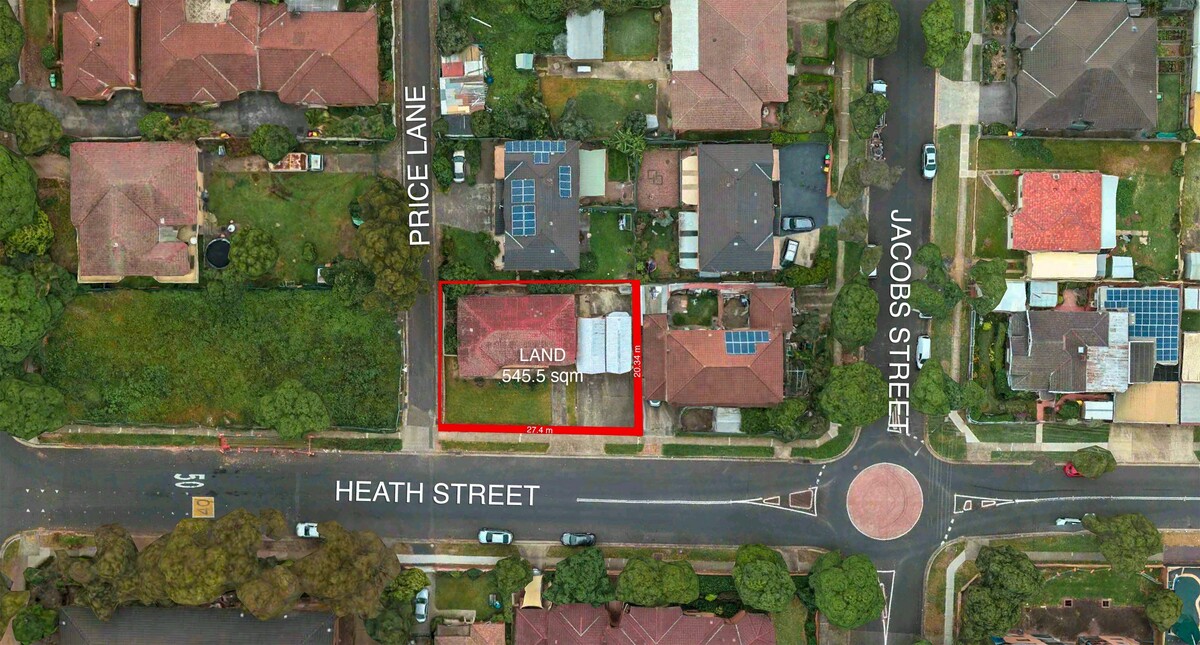
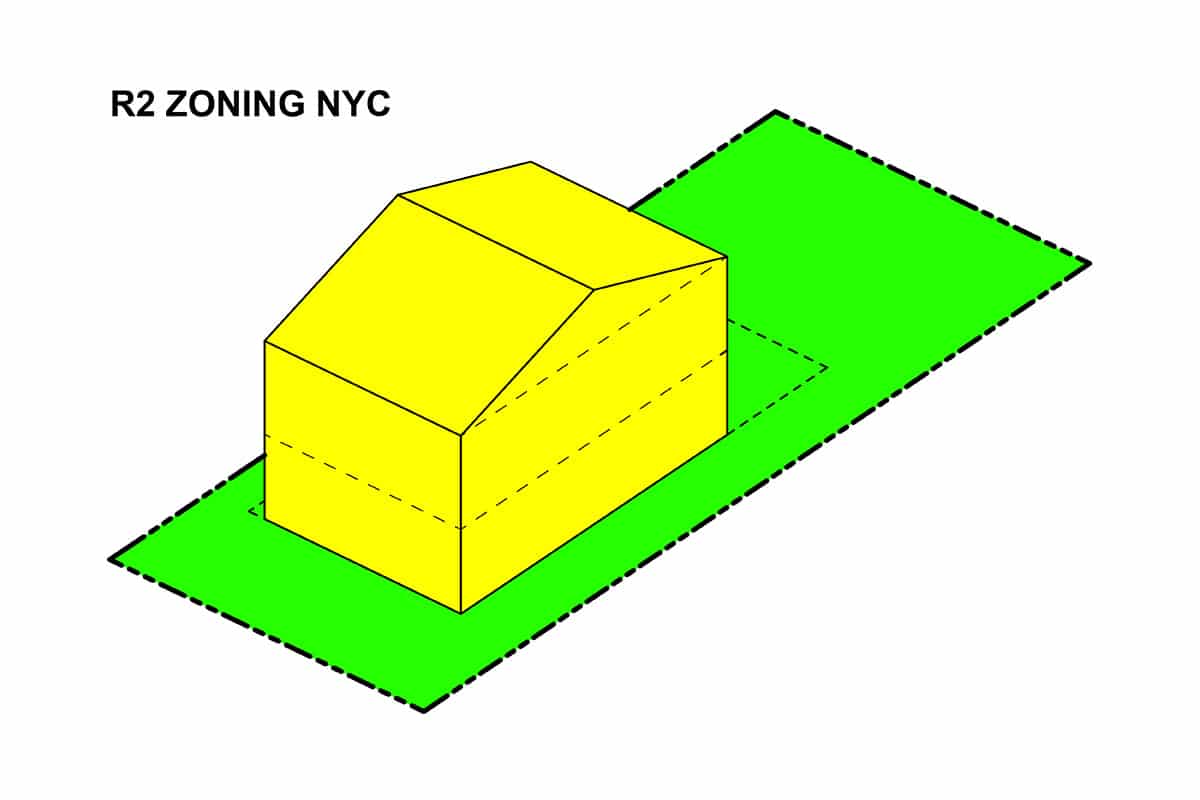





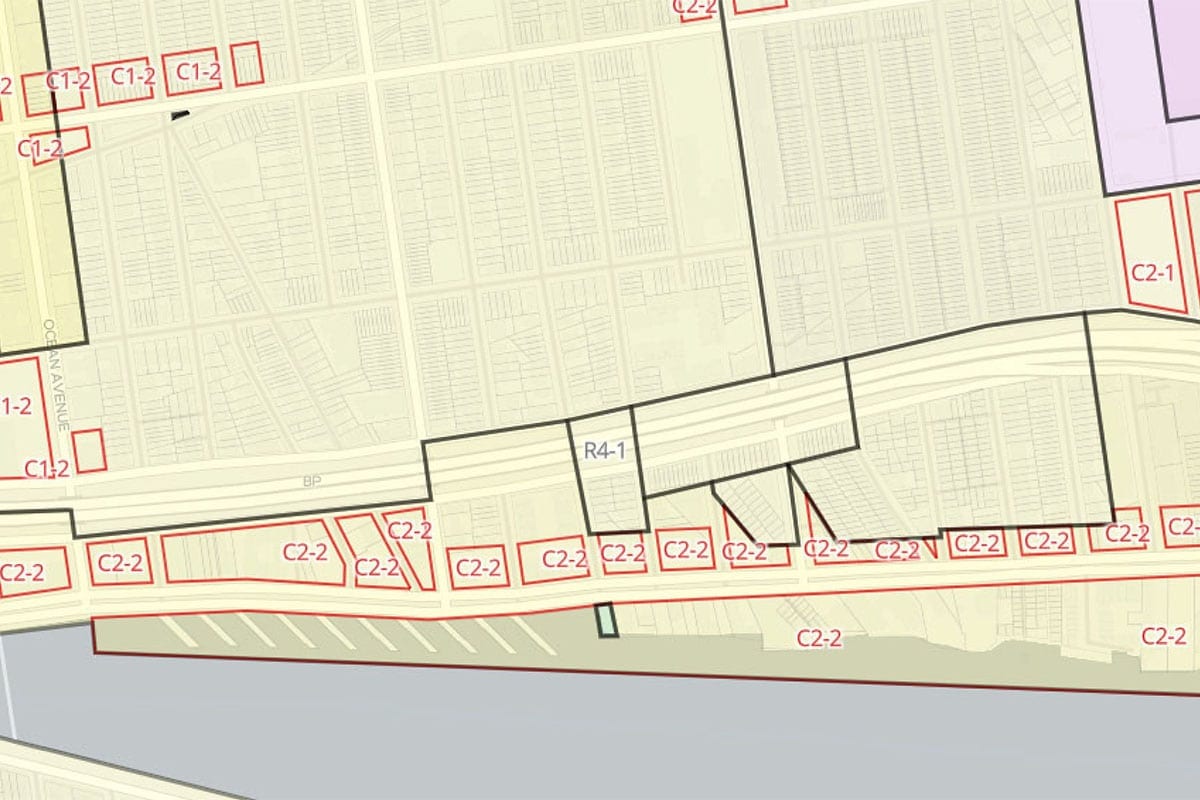

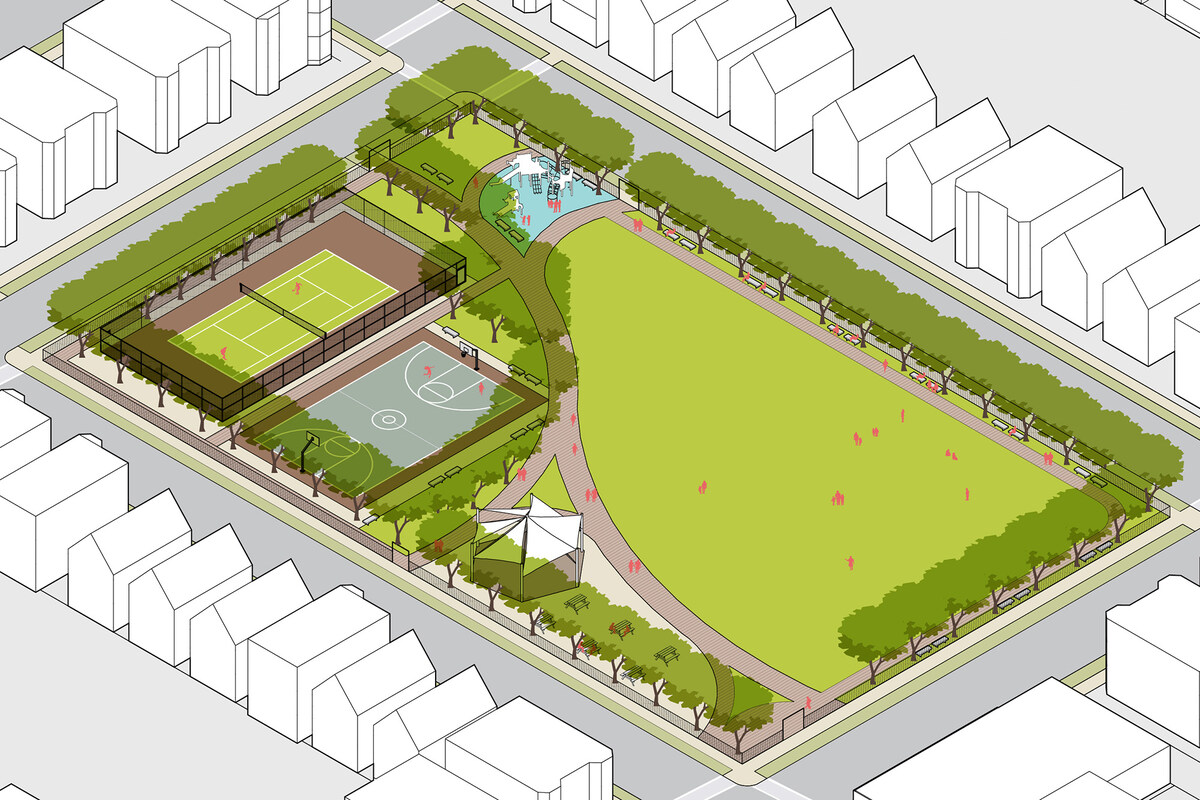

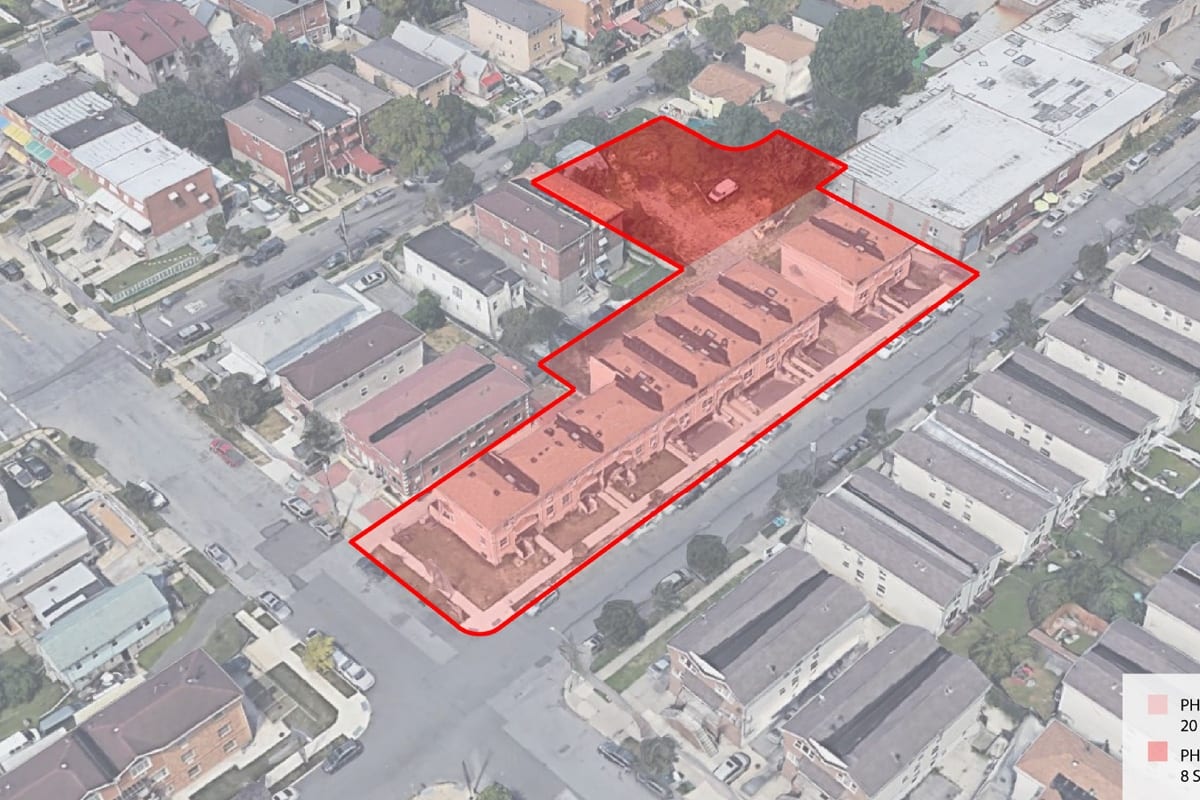

0 thoughts on “What Does R40 Zoning Mean”